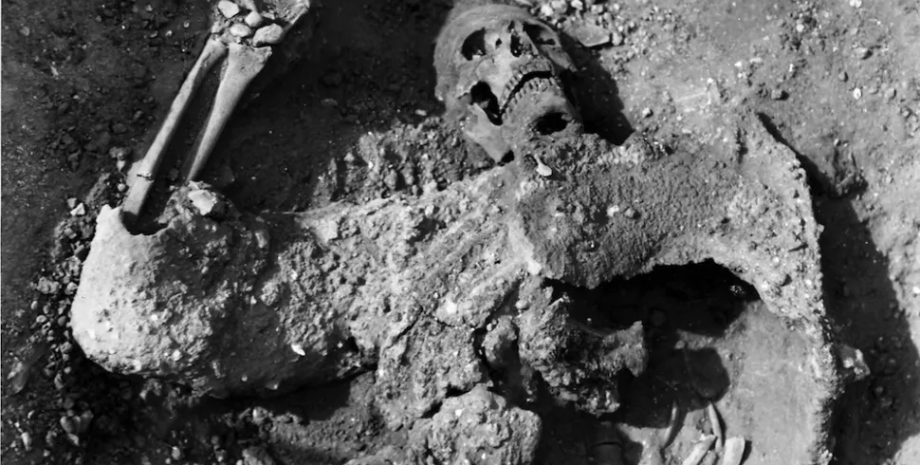
Subscribe to not miss the most info and interesting news from the world of science! According to archaeological studies, Sasanides tried to undermine Roman defense. They aimed to create a break in the defense of the city, digging a tunnel under the thick walls of the Roman military base. The soldiers began their operation from the necropolis, located near the chamber tomb.
Their purpose was to overthrow the tower and blow up about 15 meters of the wall, creating so a break that is sufficient for the offensive of the column of troops. However, the Romans probably learned about underground activities and began their control. They tried to capture the underground passage of the Persians and take control of the access mine, hoping to disrupt the attack. In the end, two tunnels met, which led to battle underground.
Initial estimates suggested that the Sasanids pushed the Romans and killed them before setting fire to the Roman part of the tunnel. However, the recent assessment of archeologist Simon James has proposed an alternative explanation. According to James, Roman soldiers were killed by an early example of chemical weapons. The Sasanids were probably knew about the Roman counterattack and were awaiting.
When the Romans began to break into the void under the city wall, the Persians retreated into their accessible tunnel. Using bitumen and sulfur crystals, they set fire to a Roman tunnel, forming a deadly cocktail of hot vapors. James suggests that the soldiers pumped these gases through the tunnel with the help of bellows, as they did in such battles. The Romans were quickly stunned and gasped for a few seconds when they tried to escape from the "sulfuric clouds of hell.
" Their bodies were deliberately folded on a pile to create a barrier wall. It is possible that some Romans were still alive when they were drawn to the heap. One Sasanid soldier also died from toxic evaporation. In general, excavations in Dura-Evroposh is a spooky reminder of what the ancient armies were ready to go to fight. The tight, smoky tunnels and horrible piles of bodies give an unforgettable idea of the horrors of the Ancient War.
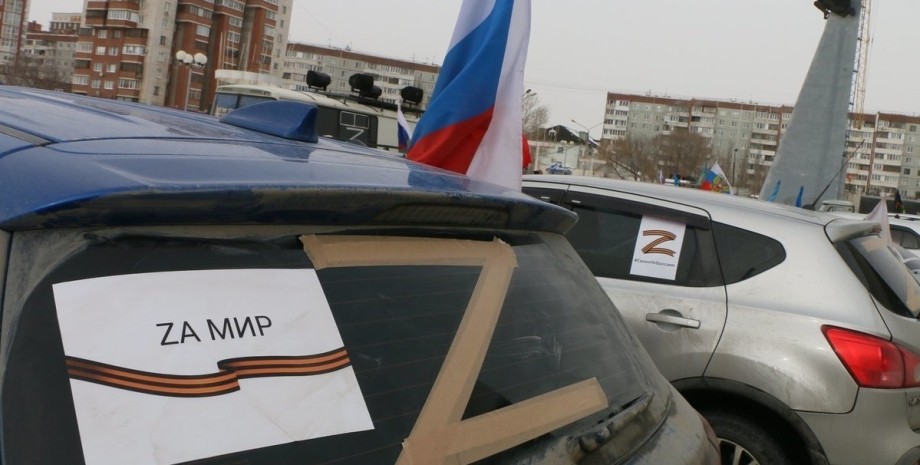

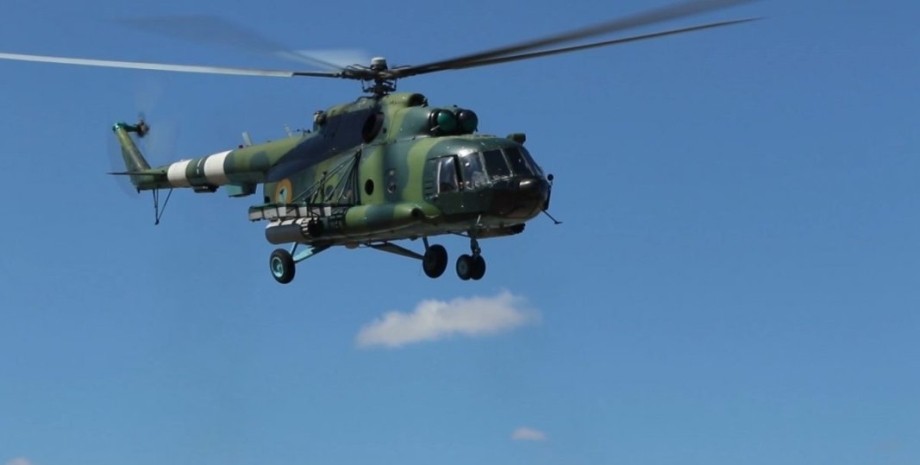


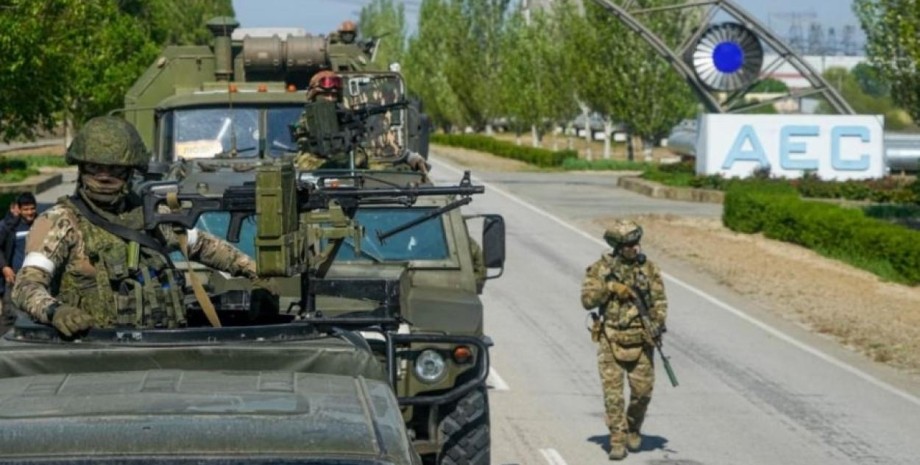


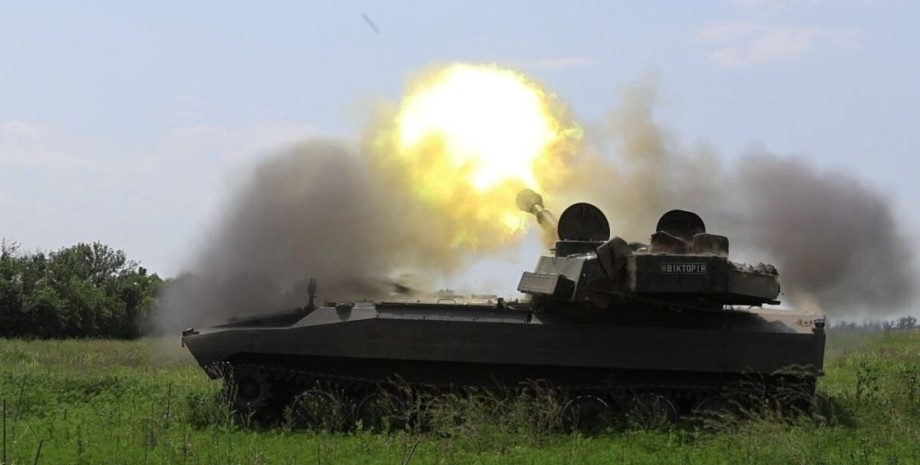











Všetky práva vyhradené IN-Ukraine.info - 2022